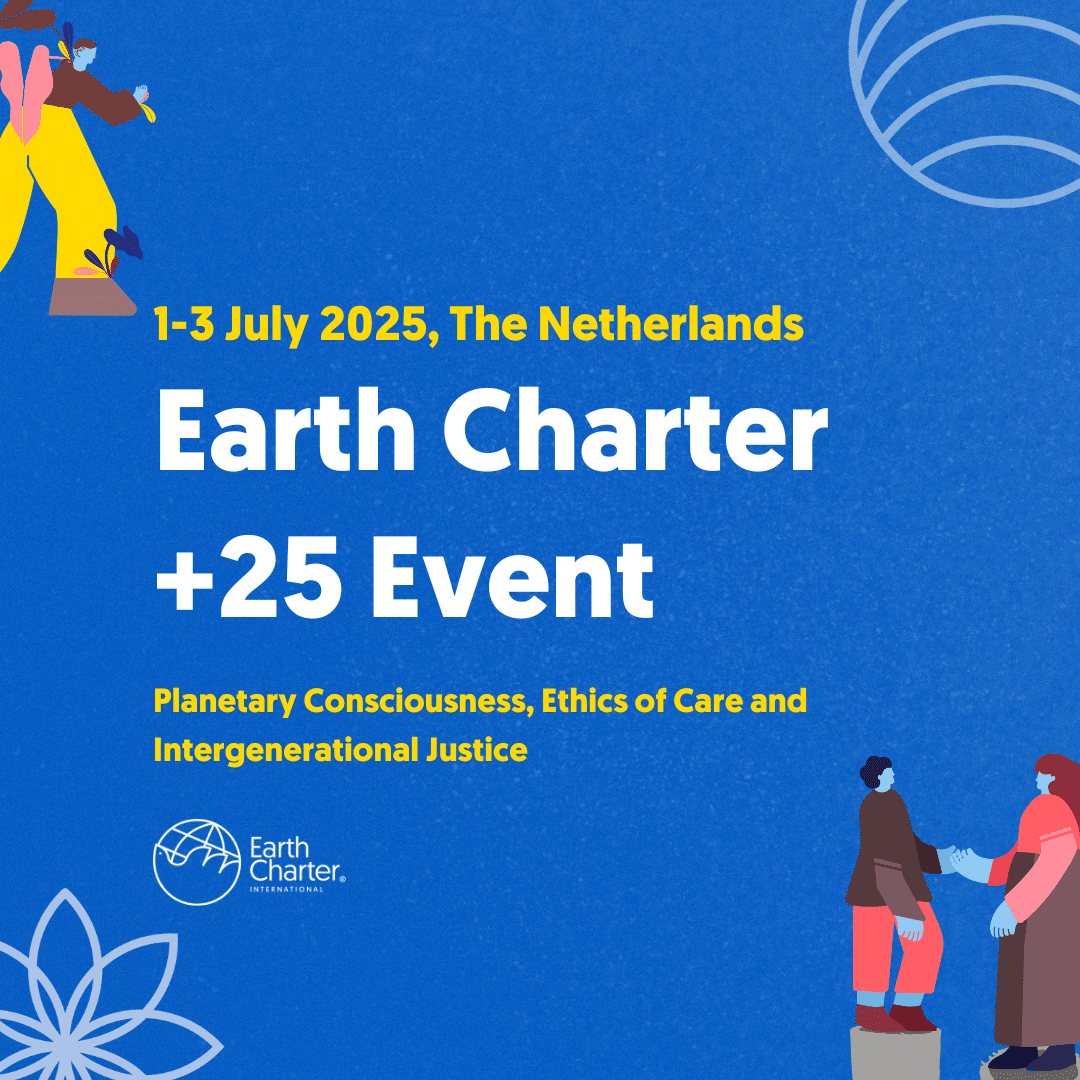Digital Natives Interpret the Earth Charter: An Example Case of Using the Earth Charter in the Classroom
by Kate Wand
I first learned about the Earth Charter while attending a course at the UPEACE Centre for Executive Education in Costa Rica. I found the Charter was accessible in language and comprehensive yet concise. I felt the Charter would be a powerful lens for young artists to create an artistic work from. The classroom is a place to craft a vision and willingness to better the self and society. My teaching focuses on fostering young people’s understanding of themselves as change agents in their own lives, their community, and the world.
I felt my oldest students, a group of 16 juniors and seniors (ages 17-19) would be most up to the challenge of applying their performance and theatre training to create and edit original video stories inspired by Earth Charter principles. The arts and the art-making process help us to make sense of our lives, our realities, and our dreams. I had hoped that their projects would nurture cross-cultural connections on both local and global scales. My students had access to technology that could record video, either at school or at home.
The four-month project started off with the class exploring the text and imagery in the Charter as a whole. Using games and techniques from Augusto Boal’s Theatre of the Oppressed, we put the language “on its feet.” Next, the students explored the role of the artist in society, particularly using art as a tool for change. We analyzed how artists and works of art were connected to the Earth Charter principles. We then looked at the presence of the Earth Charter in our everyday lives, from the principles in practice to the principles denied. Next, I individually met with the students asking them what part of the Earth Charter felt the most relevant or personally interesting to them. Inherent motivation and contextual relevance are vital when completing artistic and educational projects. My hope was that their independent work in this course would serve as a rehearsal for understanding themselves as active participants in realizing the Earth Charter vision.
The longest part of the project was in the conceptualizing and design phases. The projects varied in theme and content. Project stories included personal experiences struggling with gender scripting and masculinity, racial inequities in the U.S. education system, and cycles of violence. Each student independently researched the background on his or her Earth Charter principle. As the filming developed, they became educators and advocates for their topics. Student-directors would explain to their actors the social implications of their dialogue saying things like, “You’re saying this because it represents the inequities in treatment of black male students in the American classroom in comparison to their white classmates.”
Emily, a senior who has attended numerous international young women’s conferences, felt strongly about having a global perspective. She reached out to the young women she knew across the world. She conceptualized a shared reading of the 19thcentury poem, The Rights of Women. Her friends emailed videos of them reciting this poem. She edited their videos together into a cohesive group reading with young women from three different continents. When she finished editing, she stopped by my office beaming, and exclaimed, “I’m really proud of this project!” Similarly, most students shared great pride in the work they completed either as directors or actors. Devin and Courtney, the creators of a short on violence towards women, explained their desire to make their story as believable and convincing as possible in order to call attention to the urgent need to address it in their community.
To close this four-month project, we held a community screening in which students introduced their video projects and answered questions afterwards about the artistic process and the themes brought up by their work. Each student took great ownership and pride in their product. I hope this type of ownership continues to be exhibited in their lives, that they can see themselves as active in bringing the principles of the Earth Charter to life. When asked about the Earth Charter, Garlyn, a senior on her way to college to study pre-med, responded, “There are so many things that need protecting in the world, and I feel that I can work with a number of possibilities or ideas from my peers with the Earth Charter in mind.”
See the student video projects below.
“The Rights of Women” by Emily, age 18.
“LISTEN” by Devin, age 17 and and Courtney, age 18.
Kate Wand is a global educator with ten years of experience working in the United States, Costa Rica, and South Africa. Her passion lies in the intersections between the arts, education, and social justice.







